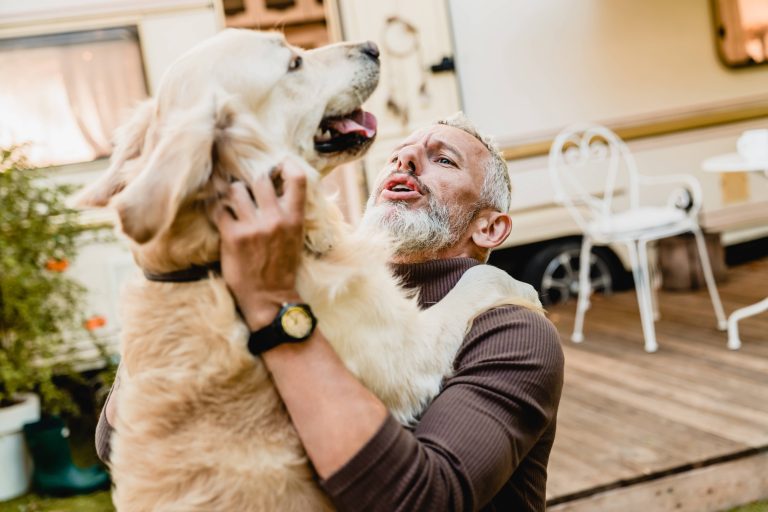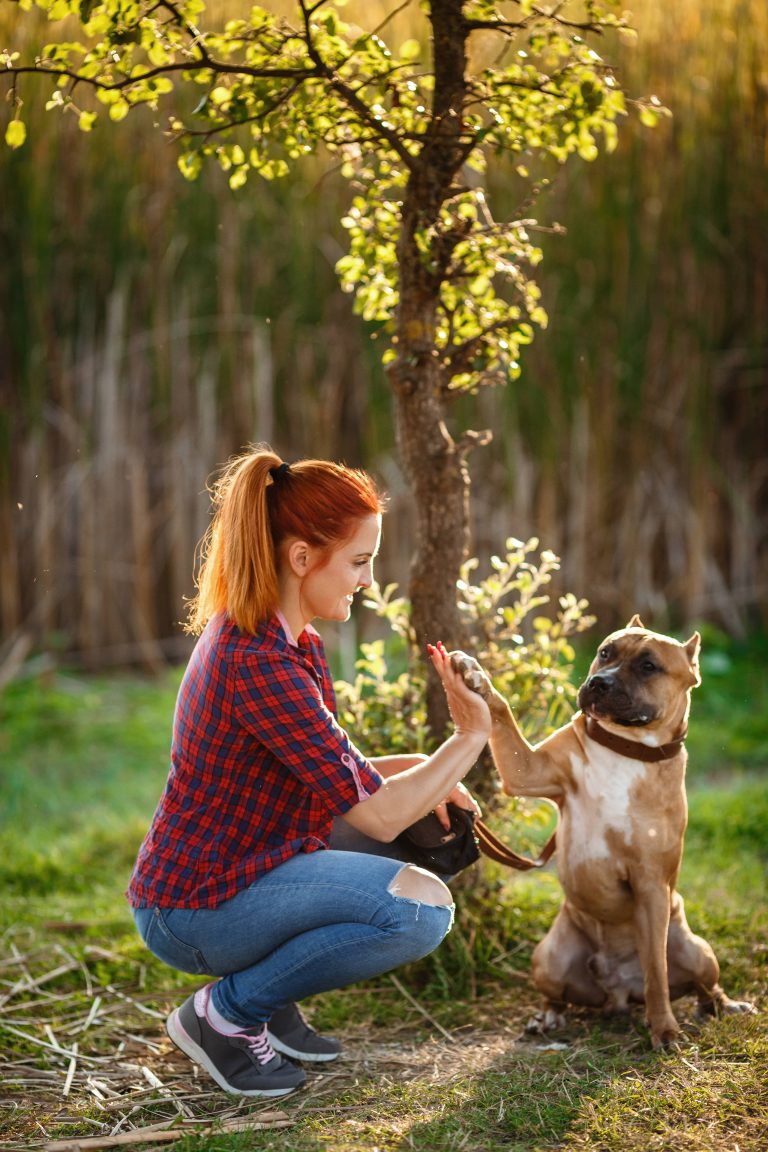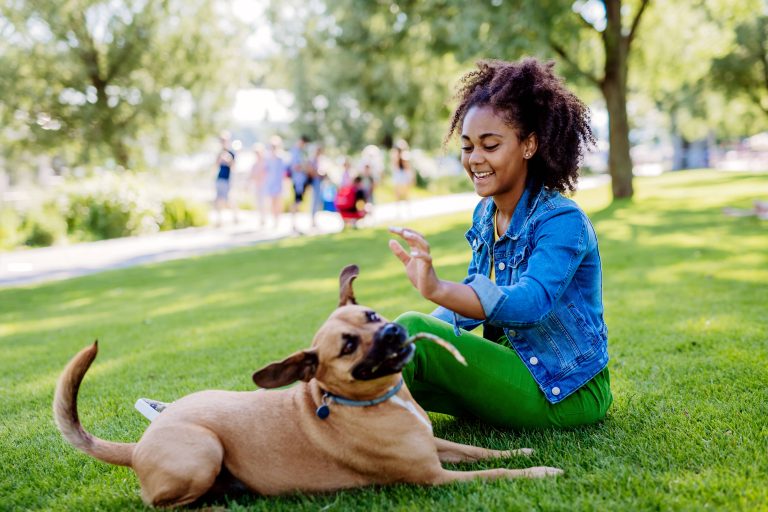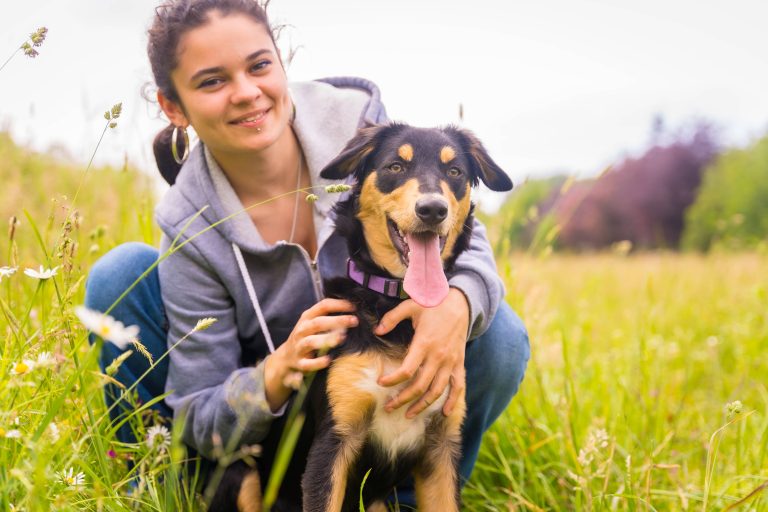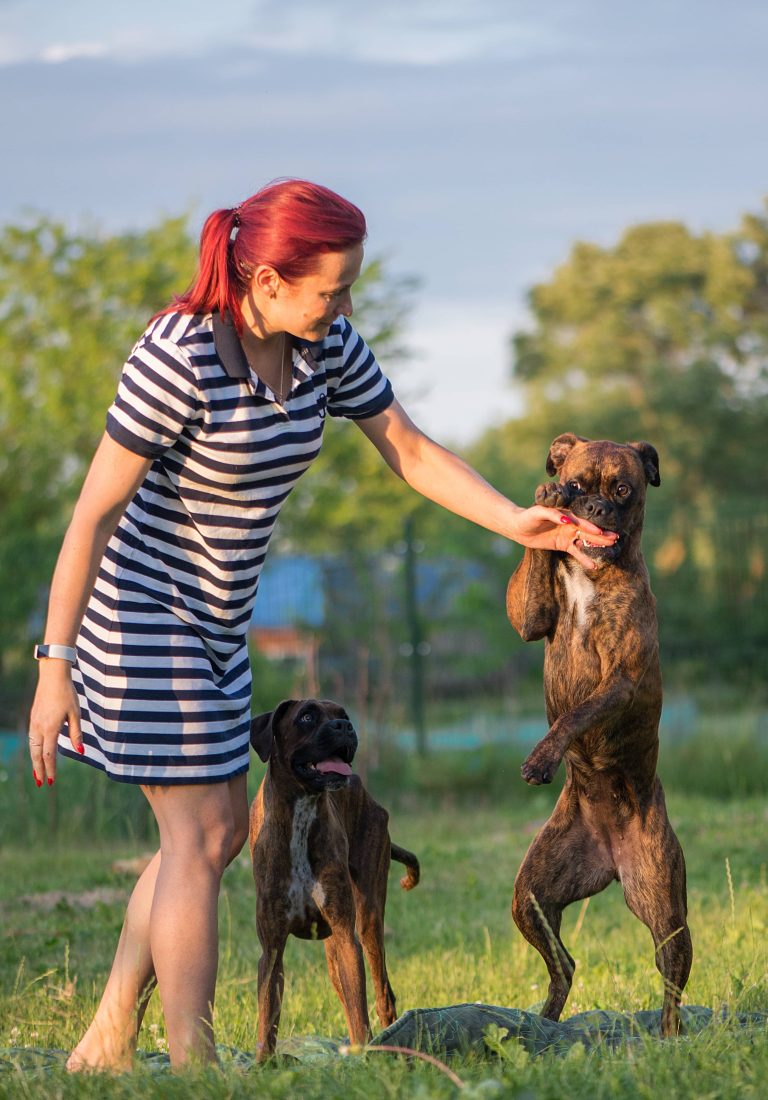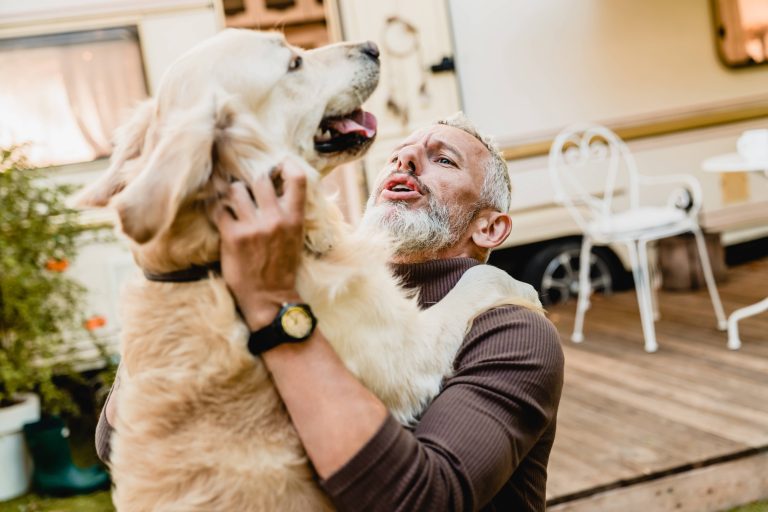The Most Effective Clicker Training Techniques for Dogs
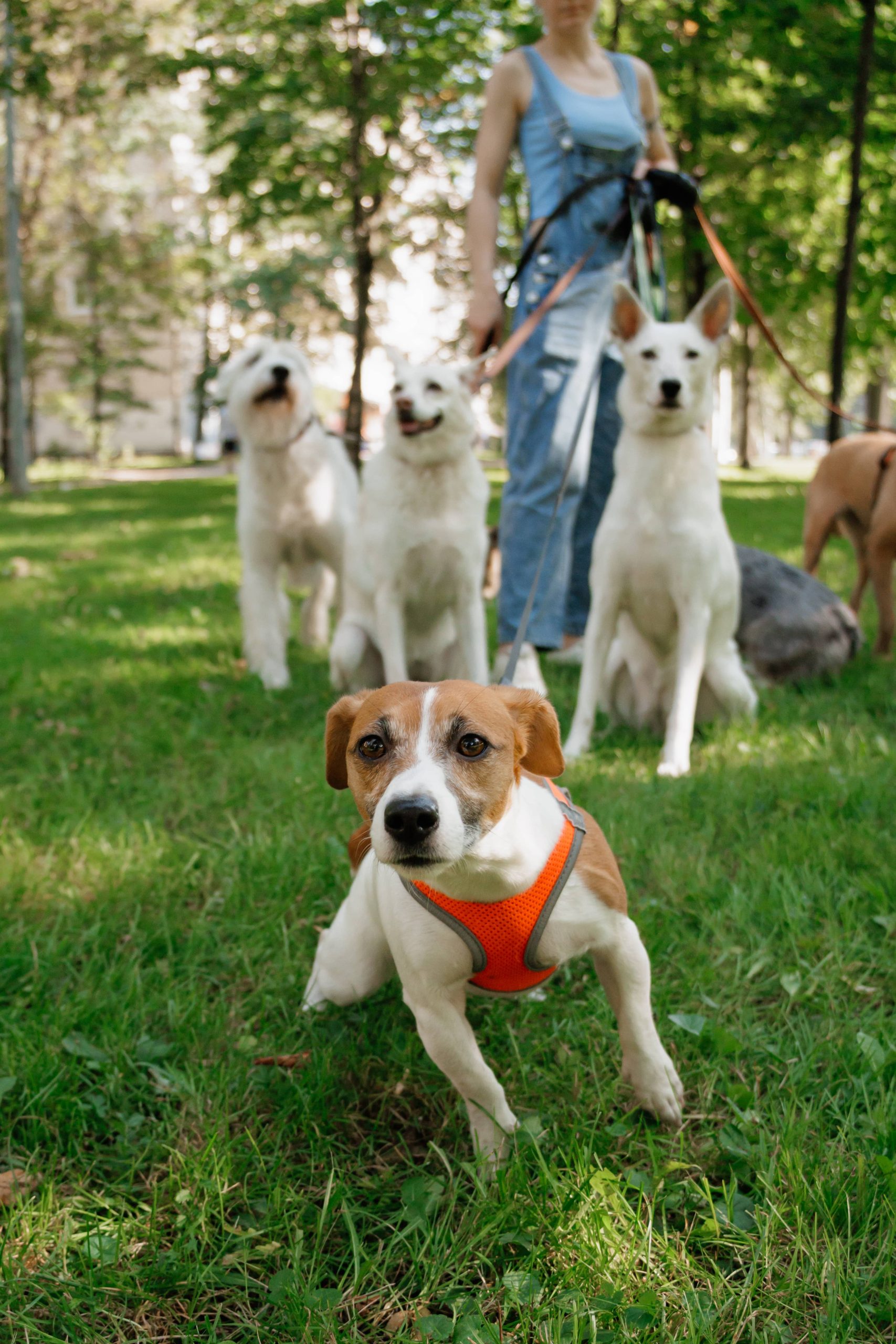
As a pet blogger focused on pet training and behavior, I am always excited to share insightful and effective training methods with fellow dog enthusiasts. One of the most popular and successful training techniques for dogs is clicker training. Clicker training, which involves using a small device that emits a clicking sound, is an excellent method for reinforcing desired behaviors through positive reinforcement. In this blog post, we will explore the most effective clicker training techniques for dogs that can help strengthen the bond between you and your furry friend.
What is Clicker Training?
Before delving into the techniques, it’s essential to understand what clicker training is and how it works. Clicker training is a form of operant conditioning, which involves using a sound—a ‘click’—to mark a specific behavior. This sound is immediately followed by a reward, usually a small treat. The dog learns to associate the click with the behavior and the reward, reinforcing positive actions while promoting learning in a fun, stress-free manner.
Why Clicker Training is Effective
Clicker training is highly effective for several reasons:
1. Precision: The clicker provides a clear and consistent sound that precisely marks the correct behavior, making it easy for the dog to understand what action is being rewarded.
2. Timing: The immediate click helps bridge the time gap between the behavior and the reward, reinforcing positive actions at the moment they occur.
3. Consistency: Clicker training relies on a standardized approach, which means the training leads to consistent results.
Getting Started with Clicker Training
Before diving into specific techniques, it’s crucial to establish a foundation in clicker training.
1. Choose the Right Clicker: Clickers come in various shapes and sizes. Some clickers are louder than others, and some are designed to be held in different ways. Pick a clicker that feels comfortable for you to use regularly.
2. Introduce the Clicker: Once you have your clicker, start by “charging” it. This means getting your dog to associate the clicker sound with a reward. Click the clicker once, and immediately give your dog a treat. Repeat this process about 15-20 times until your dog starts to anticipate a treat upon hearing the click.
3. Patience and Consistency: Remember that training takes time. Be patient with your dog and consistent in your training sessions. Keeping training sessions short (around 5-10 minutes) can help maintain your dog’s attention and focus.
Basic Clicker Training Techniques
Once your dog understands the clicker, you can start teaching basic commands and behaviors.
1. Sit: Hold a treat close to your dog’s nose, then move your hand upwards, allowing their head to follow the treat and causing their bottom to lower into a sitting position. The moment their bottom touches the floor, click and give the treat.
2. Down: Start with your dog in a sitting position. Move the treat in front of your dog’s nose, and then slowly lower it to the ground. Your dog will naturally follow the treat by lowering their body. As soon as their elbows reach the ground, click and reward.
3. Stay: With your dog in a sitting position, extend your hand out towards them with your palm facing forward like a stop signal. Take a step back, wait a few seconds, and if your dog remains in place, click and treat. Gradually increase the distance and duration.
Intermediate Clicker Training Techniques
After mastering the basics, you can introduce more complex behaviors and commands.
1. Come: Call your dog’s name enthusiastically to get their attention. When they look at you, say “come” and use the clicker at the exact moment they start moving towards you. Reward with a treat and praise.
2. Leave It: Hold a treat in your closed hand and present it to your dog. When your dog tries to get it and fails, they’ll inevitably lose interest. As soon as they move their nose away, click and reward with a different treat from your other hand.
3. Heel: Walk with your dog on a leash. When they walk beside you attentively, click and treat them. If they start pulling away or forging ahead, stop and wait for them to come back to your side before clicking and rewarding.
Advanced Clicker Training Techniques
For experienced trainers, advanced clicker techniques can be taught to achieve impressive skills and tasks.
1. Target Training: Teach your dog to touch a specific object (like a target stick or your hand) by clicking and treating every time they make contact with the target. This can be expanded to direct your dog’s movements and achieve more complex tasks.
2. Trick Training: Use shaping (rewarding incremental steps towards the final behavior) to teach complex tricks like rolling over, playing dead, or even fetching specific items.
3. Obstacle Courses: Set up a mini agility course and use clicker training to guide your dog through the different obstacles. Click and treat each time they successfully navigate an obstacle.
Troubleshooting Common Challenges
While clicker training is highly effective, you might encounter some challenges. Here’s how to address them:
1. Timing Issues: Ensure you click at the exact moment your dog performs the desired behavior. Practice your timing separately if necessary.
2. Lack of Interest: If your dog seems uninterested, try using higher-value treats or conducting training sessions in a less distracting environment.
3. Inconsistency: It’s vital to be consistent. Mixed signals will confuse your dog. Ensure all family members involved in training use the same techniques and commands.
Conclusion
Clicker training is a powerful and effective method for training your dog, leveraging positive reinforcement to teach desired behaviors. By starting with the basics and gradually increasing the complexity of tasks, you can build a strong foundation of obedience and skills in your dog. Patience, consistency, and clear communication are key components in the clicker training journey. Whether you are new to dog training or looking to refine your techniques, the clicker will undoubtedly prove to be a valuable tool in nurturing a well-behaved, happy, and confident dog.
